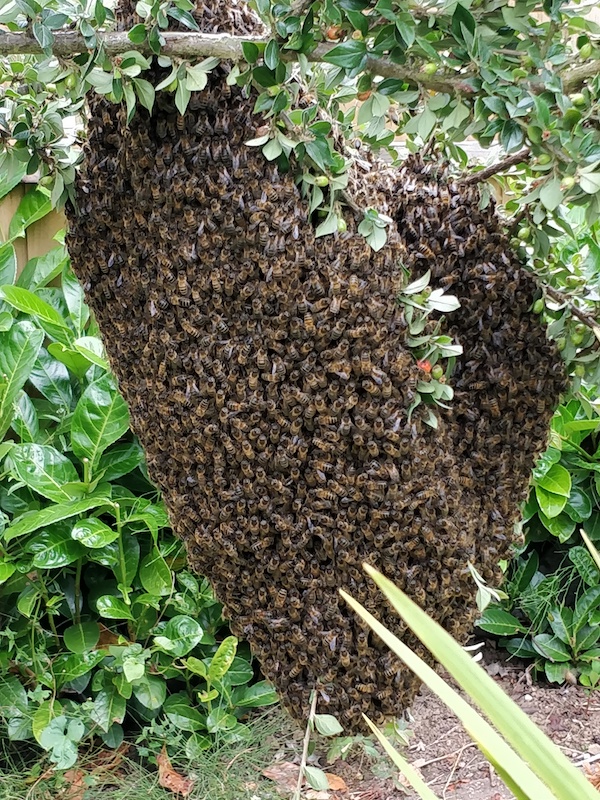Spring is finally here! As the weather warms up honey bees are emerging to look for nectar and pollen, food that provides the energy needed to build up their colonies. With an average of 20,000 to 40,000 bees in a typical beehive, they need lots of food!
To find the food they need, a honey bee will visit at least 1,000 flowers each day. Rural areas can usually offer plenty of good forage for the bees. However, for those of us in towns and cities, there isn’t enough forage for bees and other pollinators to thrive. So we need your help to grow more of the right sort of plants.



Surprisingly, trees are the best thing to plant for bees. They are like meadows in the sky! A large flowering tree provides a huge amount of nectar rich forage but many of us won’t have room for a tree in our garden. Nevertheless, there are lots of shrubs and flowers we can plant in smaller spaces. If you only have room for a few pots or a window box, you can still plant some tasty treats for the bees.
So go on, make your garden irresistible to bees.
- Plant lots of bee-friendly trees, shrubs and flowers. To help you to select the most suitable plants take a look at the British Beekeepers Association’s website https://www.bbka.org.uk/gardening-for-bees.
- For tips and tricks to creating a buzz in your garden we recommend the book Planting for Honeybees: The Grower’s Guide to Creating a Buzz by Sarah Wyndham Lewis.
- Plant more purple and blue flowers – bees love them.
- Group several of the same plant together to save the bees’ energy – they only visit one type of plant on each foraging trip.
- Plan to have a range of plants in flower from March to September – that’s when the bees are most active.
- Don’t be too quick to mow your lawn – bees love many weeds such as dandelions, clover and daisies.
- Avoid harmful herbicides and pesticides – replace them with natural alternative products.
- Provide water for the bees – a few pebbles in a shallow dish where they can land, rest and drink will be a welcome oasis.
Or why not try a bit of guerilla gardening by sowing seeds in neglected public spaces. For more inspiration and how to make seed bombs visit https://www.bbcwildlife.org.uk/wildflower.
To help get you started we are offering a free packet of bee-friendly wildflower seeds with every purchase you make from our on-line shop in April (or while stocks last).
Happy gardening!

